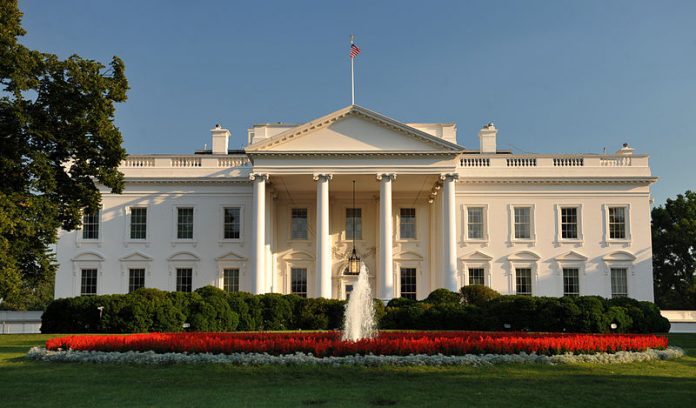Feb. 21 (UPI) — The number of hate groups in the United States increased for the fourth year in a row in 2018 with a 7 percent jump, the Southern Poverty Law Center said Wednesday in its annual report.
The civil rights organization said there were 1,020 active hate groups operating in the United States in 2018 — a 20-year record high — up from 954 in 2017. The 2018 figure represented a 30 percent increase over the past four years.
The SPLC blames the administration of President Donald Trump for a rise in right-wing extremism across the country.
“The numbers tell a striking story — that this president is not simply a polarizing figure but a radicalizing one,” said Heidi Beirich, director of the SPLC’s Intelligence Project. “Rather than trying to tamp down hate, as presidents of both parties have done, President Trump elevates it — with both his rhetoric and his policies. In doing so, he’s given people across America the go-ahead to act on their worst instincts.”
The report said much of the rise in hate groups stems from “hysteria over losing a white-majority nation to demographic change.” The confessed shooter at the Tree of Life Synagogue in Pittsburgh, Robert Bowers, expressed fear of “white genocide,” for instance.
The majority of hate groups in the United States — 40 percent — believe in a form of white supremacy, including neo-Nazis, the Ku Klux Klan, white nationalists, racist skinheads and neo-confederates. But there was also a 13 percent rise in black nationalist organizations in reaction to an increase in the former. The SPLC counted 264 such organizations in 2018.
Other hate groups counted in 2018 were anti-immigrant, anti-LGBT, anti-Muslim, anti-government and general hate organizations, the latter of which included Holocaust denial, male supremacy and radical Catholic groups.
The SPLC released its report on the same day a Gallup survey found that fewer Americans are satisfied with the way immigrants and minority groups are treated in the United States.
“The decline in satisfaction may well be a reaction to Trump administration policies and rhetoric viewed by many as hostile to immigrants or minorities,” Gallup said. “Americans’ satisfaction with the treatment of most of these minority groups was largely stable throughout much of the George W. Bush and Barack Obama administrations.”







